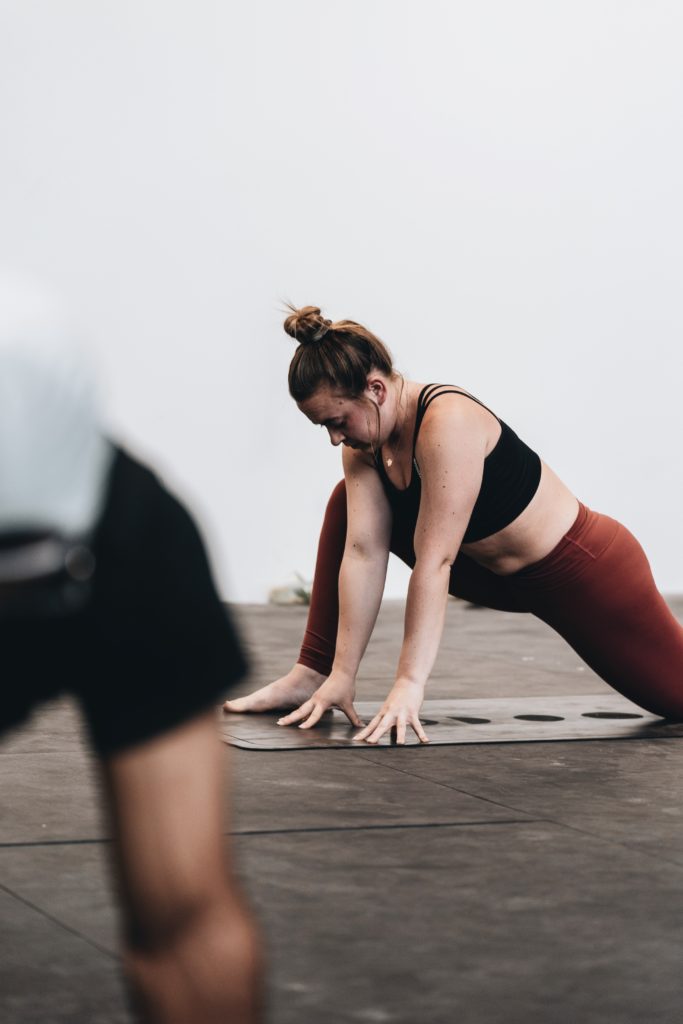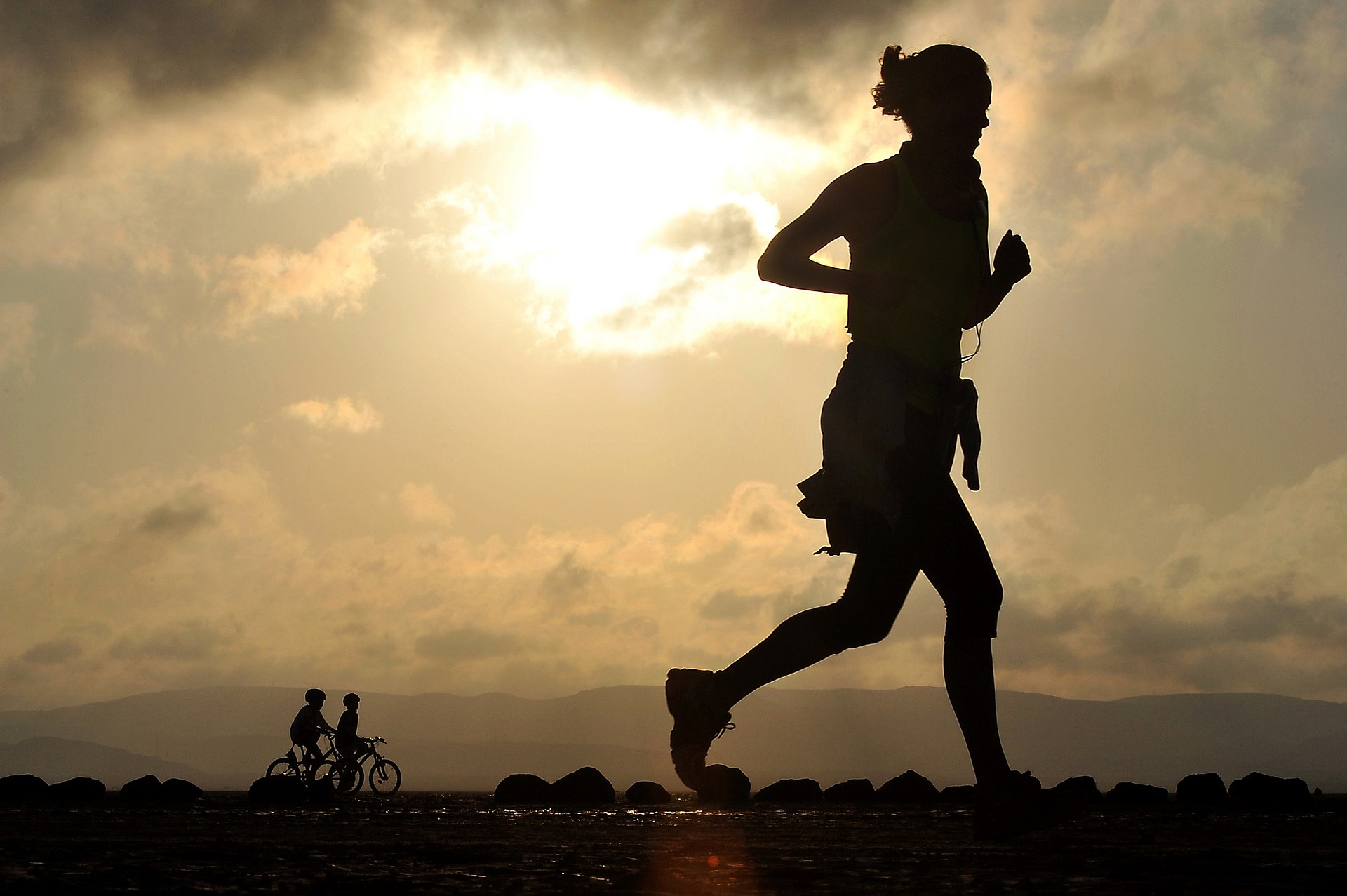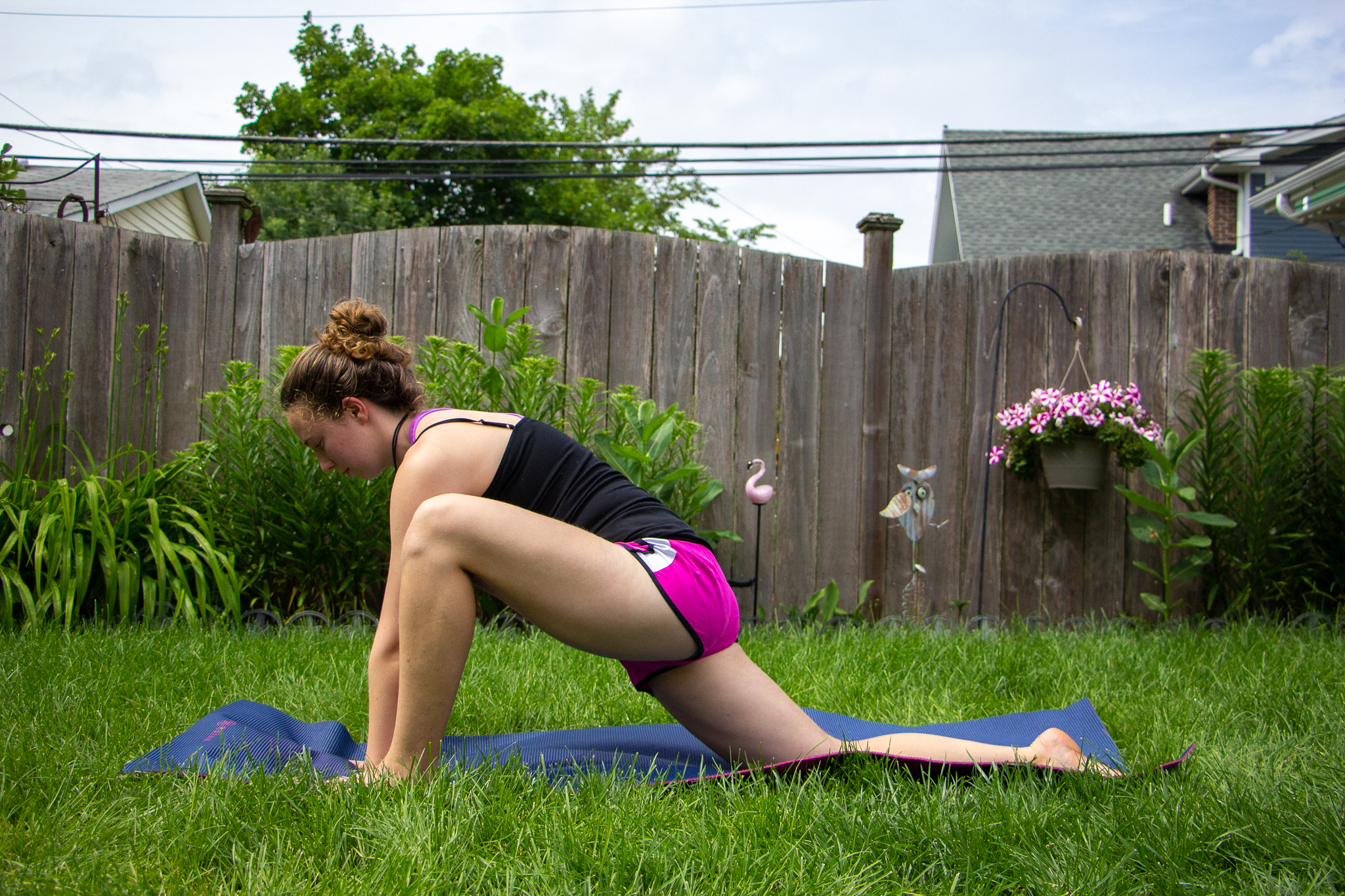“Feel that stretch in your hamstrings when you forward fold… Pigeon pose will feel great in your hips… Relax in your paschimottanasana… Feel the burn in your glutes when you squat.” Does that sound familiar?
Have you been told how an asana or an exercise should feel? Have you been told where you are supposed to feel it? Have you heard that a pose or exercise will affect you in one specific way and that you will gain a specific result?
We are all different
Telling a group of individuals they all should experience the same during one movement isn’t helpful and may in fact be harming. A person with experiences different from instructed may worry that “something is wrong with them.” “If everyone else in the class feels what the teacher instructs and I don’t—maybe I’m sick or injured.” Which of course doesn’t have to be the case .
Where and how we feel something in our bodies can be highly individual.
Anatomy knowledge and body awareness
Students may understand anatomy differently, and not all of us have undergone proper anatomy course. Take hips for instance: most people, when asked to point at their hip joint, would actually point at ilium (“hands on hips” cue ) and don’t know where the actual hip joint is. Same goes for scapula/shoulder blades—familiar with the popular “chest opener” in which we lie down on the floor with a block, blanket under the shoulder blades? How often people position the block elsewhere?
Guiding with anatomical words may therefore be tricky; unless you’re teaching doctors, physios, movement teachers.
Individual experiences and anatomy
Each student’s experience depends on their previous encounters with the movement, their unique body and its capacity (anatomy, proportions, musculoskeletal, respiratory system etc), and psychological factors.
Instructing that one specific thing is going to happen with one specific sensation is very misleading to say the least. Adding “good” to it makes it even worse. Someone with lesser hip external rotation will be suffering in pigeon pose—far from feeling good .
Pigeon pose is often branded as a “resting / recovery” asana when in fact for many, it is just the opposite—due to lack of mobility or hip anatomy (femoral anteversion, for example). Same goes for seated forward folds which have a reputation of “calming.” These may be relaxing for those with non-restricted superficial back line, hamstrings, and back, but for many these are a very active and very difficult asanas, impossible to relax in.
Once again, where and how we feel when we move is a personal experience based on our history, physical, mental and emotional state.
Mental & emotional state and personality
What is going on in our lives may affect how we move and feel. If you’ve had a long stressful day, you’ll experience movement differently in comparison to when you practice or train well-rested and in a good mood.
Personality matters, too. Someone active, quick, temperamental may struggle in a yin or restorative class and may find it so much harder to relax and stay still than a person with a calmer nature and “ slower in action.” That first person may love vinyasa, ashtanga flowing practices, and HIIT workouts, while the other person may find them too fast or “too much” (at first at least) and would enjoy Pilates more.
Same movement may feel different each time depending on the above but also on the time of the day and season of the year. A morning person’s performance may be very different in the afternoon and evening. Someone who always feels cold and dislikes cold in general may find it harder to practice on a winter morning, while a person who gets warm easily and starts sweating quickly wouldn’t enjoy a hot yoga class or practicing and training outdoors in the summer.
The results
And lastly… the result. As with the sensations and the experience of movement itself, results vary from person to person. “Releasing” something, feeling relaxed or energized, getting stronger, more flexible …it may happen, it may not. It may happen sooner or later, or not at all.
Be aware (and educate your students, if you’re a teacher) that sensations associated with body in motion are individual and that variations are to be expected in single person.
I suggest we all give ourselves the freedom and the permission to enquire about how movement feels for us and how the awareness of that may help us move safely and with joy toward the goals we set for ourselves.
If you’re a teacher, instead of telling your students where and how to feel things, and what to expect, ask where and how they themselves actually feel.
And let them embrace that experience—as that’s exactly what it’s supposed to be—uniquely theirs.
Also by Dorota: Energizing 20-Minute Beach HIIT Workout (Video)
Get more like this—Sign up for our daily inspirational newsletter for exclusive content!
__
Photo: Logan Weaver via Unsplash





